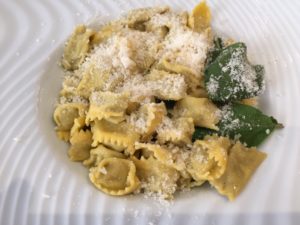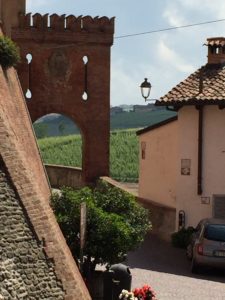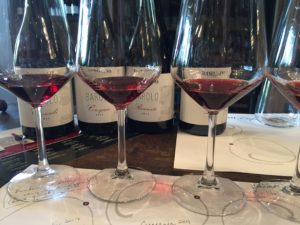 Wine has been made in Italy since before the Romans, who were responsible for spreading viticulture and wine-making throughout their empire. Due to political and social isolation, many grape varieties that make excellent wines have remained isolated in their specific regions and are rarely found outside of it. One excellent example is wine made in Piedmont and Lombardy from the Nebbiolo grape. Long considered the king of Italian grapes, with a deep and rich history, nebbiolo is high in both acid and tannins and makes wines that are delicious when drunk young but also have immense potential for aging. Barolo and Barbaresco, both made of 100% nebbiolo, are two well-known wines that carry a hefty price tag. But nebbiolo is also in other wines of the region such as Nebbiolo d’Alba or d’Asti, Gattinara, Ghemme, Roero and Nebbiolo Langhe. Valtellina Superiore is an excellent 100% nebbiolo wine made around Lake Como in the neighboring region of Lombardy. All these wines take their names from the towns or geographic area where the nebbiolo is grown, aged and bottled.
Wine has been made in Italy since before the Romans, who were responsible for spreading viticulture and wine-making throughout their empire. Due to political and social isolation, many grape varieties that make excellent wines have remained isolated in their specific regions and are rarely found outside of it. One excellent example is wine made in Piedmont and Lombardy from the Nebbiolo grape. Long considered the king of Italian grapes, with a deep and rich history, nebbiolo is high in both acid and tannins and makes wines that are delicious when drunk young but also have immense potential for aging. Barolo and Barbaresco, both made of 100% nebbiolo, are two well-known wines that carry a hefty price tag. But nebbiolo is also in other wines of the region such as Nebbiolo d’Alba or d’Asti, Gattinara, Ghemme, Roero and Nebbiolo Langhe. Valtellina Superiore is an excellent 100% nebbiolo wine made around Lake Como in the neighboring region of Lombardy. All these wines take their names from the towns or geographic area where the nebbiolo is grown, aged and bottled.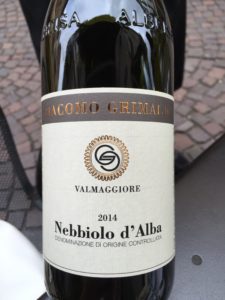
Nebbiolo is notoriously picky about where it grows, which is a big reason it’s not common in other wine regions around the world. The main flavor components are described as “tar and roses” and the nose will have hints of cherries, violets, sometimes truffles in an aged wine. Its color is purple ruby when young and tends to show orange tones as it ages.
| Floral: rose, violet | Terroir: coffee, earth, truffle | |
| Fruity: blackberry, cherry | Oak: oak, smoke, toast, tar, vanilla | |
| Spicy: anise, cocoa, licorice, nutmeg, white pepper | Bottle Age: leather, cedar, cigar box | |
| Mouth feel / Texture: | heavy, rich, tannic, chewy, alcoholic | |
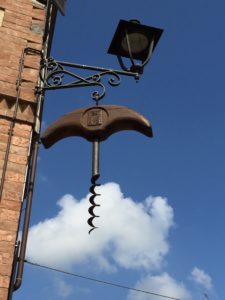 Nebbiolo wines pair well with the elegant cuisine of Piedmont and stand up to wild game and truffles, but also pair well with the pastas and meat dishes of the area, such as rabbit or meat filled ravioli in sage butter. I hope you’ll try them and expand your Italian wine knowledge!
Nebbiolo wines pair well with the elegant cuisine of Piedmont and stand up to wild game and truffles, but also pair well with the pastas and meat dishes of the area, such as rabbit or meat filled ravioli in sage butter. I hope you’ll try them and expand your Italian wine knowledge!